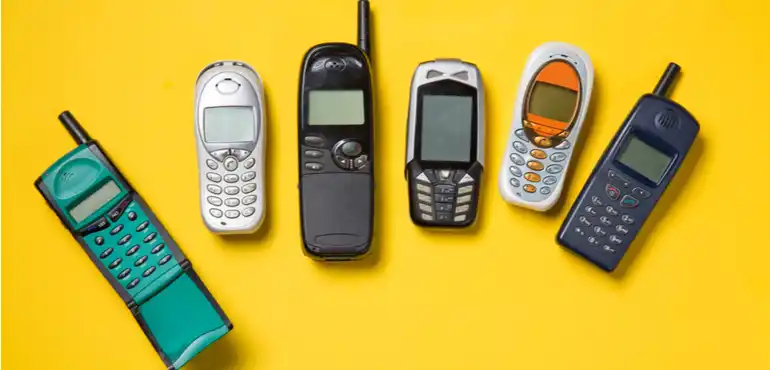In today’s digital age, mobile technology has revolutionized the way we gather, process, and utilize data. One significant aspect of this transformation is the evolution of mobile forms. These digital forms have become invaluable tools for businesses and organizations across various sectors, offering a streamlined and efficient means of collecting information while ensuring accessibility and convenience for both users and administrators.
Table of Contents
The Shift to Mobile Forms
Traditional paper forms were not only cumbersome and time-consuming but also prone to errors and inefficiencies. However, the advent of mobile devices such as smartphones and tablets has facilitated a paradigm shift in how data is captured and managed. Mobile forms enable users to input data directly into digital platforms, eliminating the need for manual transcription and reducing the risk of errors.
Key Features and Benefits
1. Accessibility:
Mobile forms can be accessed anytime, anywhere, allowing users to collect data in real-time, whether they are in the field, on-site, or remotely. This accessibility ensures prompt and efficient data collection, enhancing overall productivity and responsiveness.
2. Customization:
Unlike traditional forms, mobile forms offer a high degree of customization, allowing organizations to tailor form fields according to their specific requirements. This flexibility enables businesses to gather relevant data efficiently, leading to better decision-making and improved outcomes.
3. Multimedia Integration:
Mobile forms support multimedia integration, allowing users to capture photos, videos, and audio recordings directly within the form. This feature is particularly beneficial for tasks such as asset inspections, site surveys, and field assessments, where visual documentation is essential for accurate data collection and analysis.
4. Offline Capability:
One of the significant advantages of mobile forms is their offline capability. Users can fill out forms even in areas with limited or no internet connectivity, ensuring uninterrupted data collection. Once connectivity is restored, the collected data is automatically synchronized with the central database, eliminating any risk of data loss.
5. Enhanced Data Security:
Mobile forms offer robust security features, including data encryption and user authentication, to safeguard sensitive information. This ensures compliance with privacy regulations and instills trust among users regarding the confidentiality and integrity of their data.
Applications Across Industries
The versatility of mobile forms extends across various industries and use cases:
1. Field Service Management:
Field service technicians can use mobile forms to log work orders, record service activities, and collect customer feedback, improving operational efficiency and customer satisfaction.
2. Healthcare:
Healthcare professionals utilize mobile forms for patient intake, medical history documentation, and clinical assessments, streamlining administrative processes and enhancing patient care delivery.
3. Market Research:
Market researchers leverage mobile forms to conduct surveys, gather consumer feedback, and collect demographic data, enabling businesses to make informed decisions and develop targeted marketing strategies.
4. Compliance and Auditing:
Organizations use mobile forms to conduct compliance audits, safety inspections, and quality assurance checks, ensuring regulatory compliance and mitigating risks effectively.
Future Trends
As technology continues to advance, several emerging trends are shaping the future of mobile forms:
1. Artificial Intelligence (AI) Integration:
AI-powered features such as natural language processing and predictive analytics will enhance the functionality of mobile forms, enabling intelligent data capture, analysis, and decision support.
2. Integration with Internet of Things (IoT) Devices:
Mobile forms will increasingly integrate with IoT devices, allowing for seamless data exchange and automation of data capture processes in various IoT-enabled environments.
3. Augmented Reality (AR) and Virtual Reality (VR) Integration:
AR and VR technologies will enhance the user experience of mobile forms, enabling immersive data visualization and interactive form interactions for enhanced engagement and productivity.
Conclusion
Mobile forms have evolved into indispensable tools for modern businesses and organizations, offering unparalleled efficiency, accessibility, and flexibility in data collection and management. As technology advances, mobile forms will play an increasingly pivotal role in driving innovation and transforming traditional workflows across diverse industries, ultimately leading to improved operational outcomes and enhanced user experiences.

